Why The Best Hospitals Use UVC Air Sterilization
We have talked at great length about the many health benefits of having a UVC Air Sterilizer in your home or business. These range from
UltraV Care’s UV-C Air Sterilization helps business owners adapt to the new normal—giving you zero-interruption, 24/7 protection for homes, offices, and establishments—against bacteria, molds, and viruses like COVID-19.
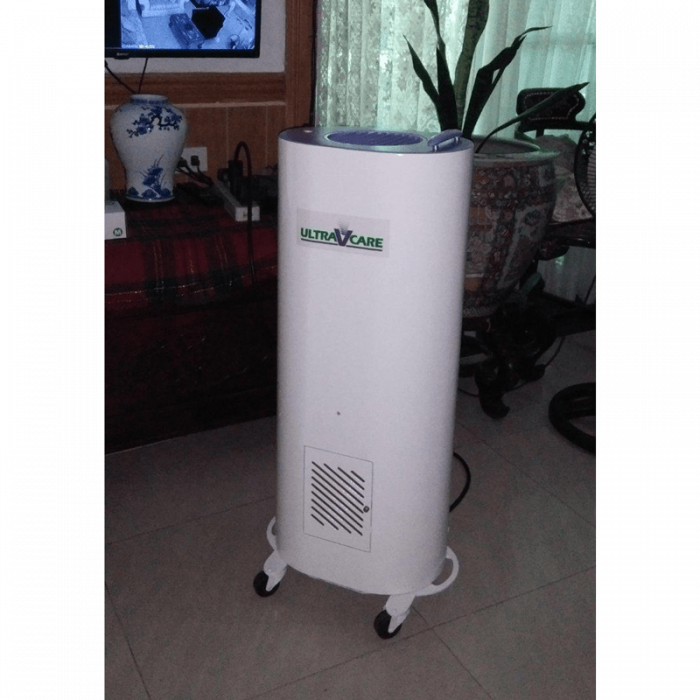
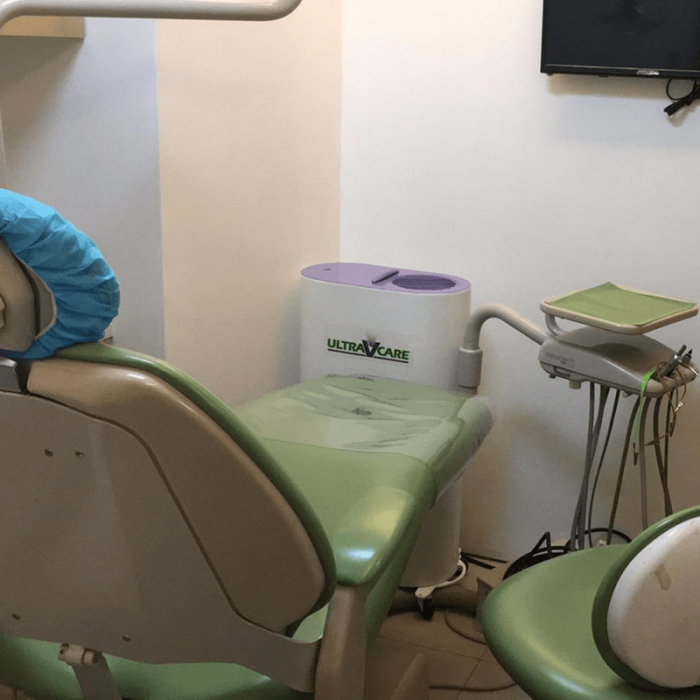
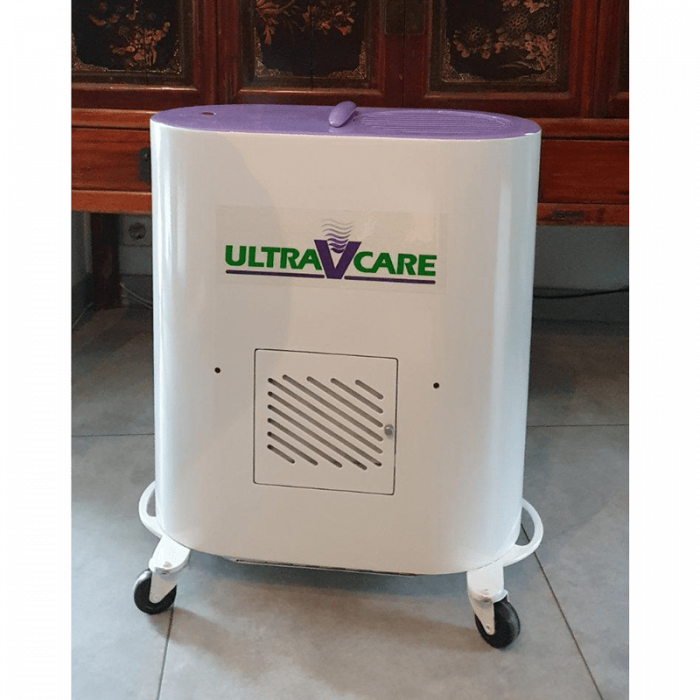
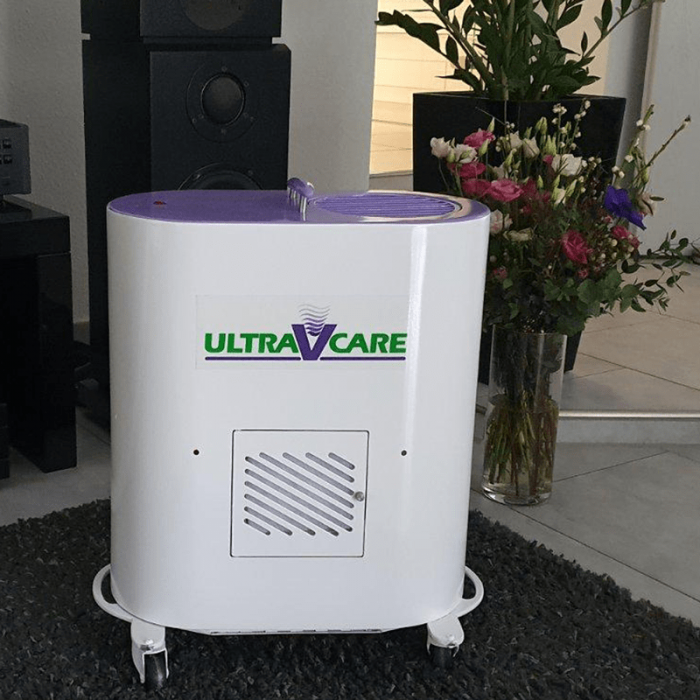

UltraV Care is a powerful UV air sterilizer that destroys more than 95% of airborne bacteria and viruses such as the flu, including H1N1, multiple Coronavirus strains (including SARS and the common cold), pneumonia, MRSA, strep, TB, measles and the common cold.
UltraV Care kills bacteria that can make it difficult to sleep, and helps protect those who suffer from respiratory conditions or a weakened immune system by reducing their exposure to harmful pathogens. UltraV Care effectively reduces indoor pollutants and volatile organic compounds (VOCs).
We have talked at great length about the many health benefits of having a UVC Air Sterilizer in your home or business. These range from
The benefits of having a UVC air sterilizer have been explained several times already in our blog. In this time of the pandemic, the most
UVC sterilization is one of the most effective ways to sterilize surfaces and the air. In fact, the use of UVC air sterilizers has been
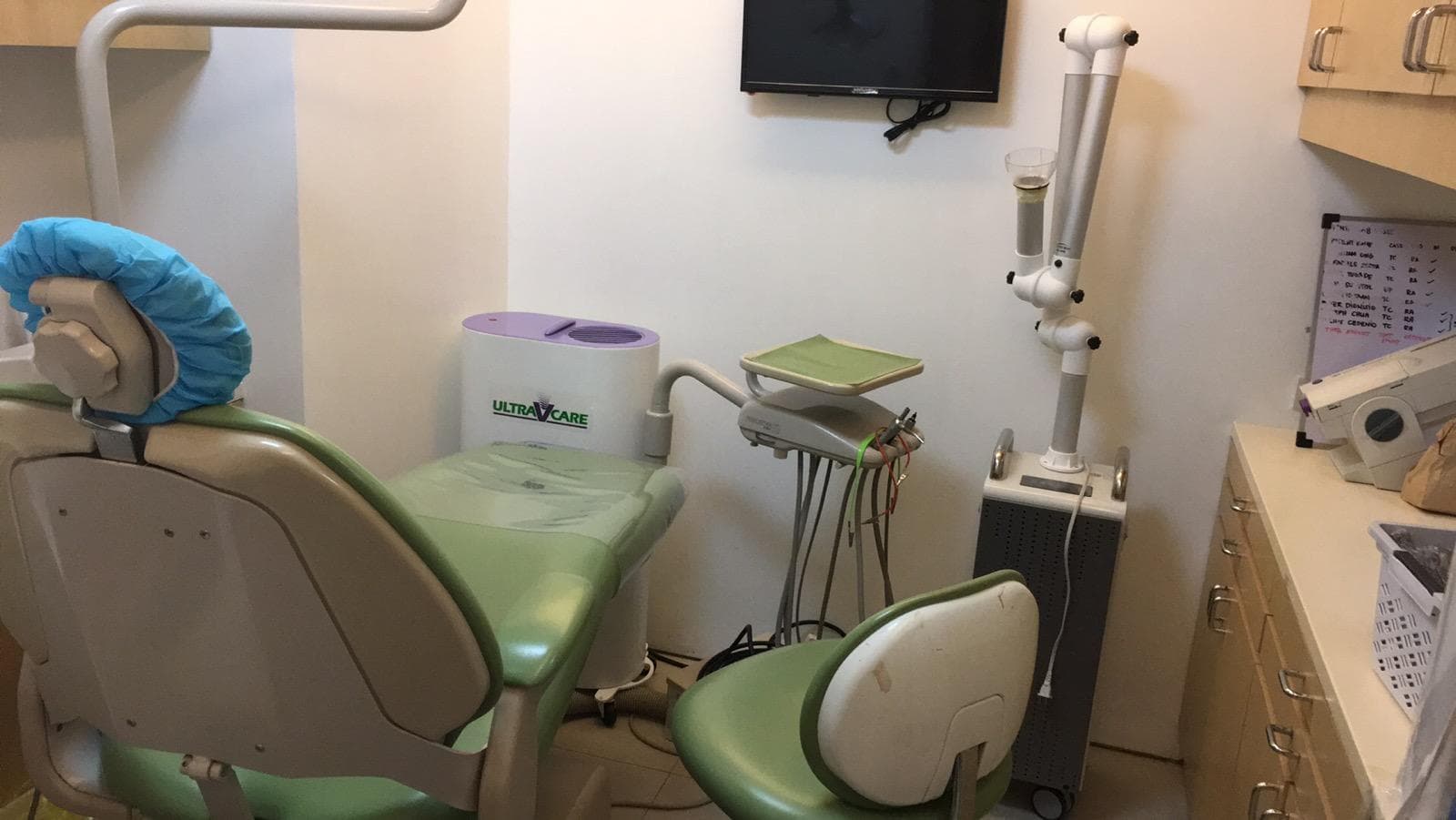
The FDA states in their website that UV-C works by destroying the outer protein coating of the SARS-Coronavirus, and is also an effective way to combat the SARS-CoV-2 virus, which causes the COVID-19 disease. It is also stated to be more effective than UV-A and UV-B radiation.
Effectively sterilizes the air by deactivating the DNA structure of viruses
Destroys bacteria, microbial contaminants, allergens, and airborne pathogens
Operation doesn't require the room to be empty, which means no interrupting your work
Adheres to the 3 basic elements for effective UVC Irradiation: sufficient intensity, virus proximity, and exposure time
Has internal reflectors that work to ensure full intensity of UVC exposure
Designed with internal spiral air guide that maximizes the UV sterilization of air flow
Improves indoor air quality which helps fight against respiratory and heart disease, cancer, asthma, and more
Uses a pre-filter to capture large dust particles and debris to prevent loss of UVC intensity
Doesn't generate or release ozone into the room which can be toxic to humans
Designed to prevent dangerous UV exposure to both humans and pets
Simple to use—just plug it in and switch it on!
Has wheels and carrying handles for ease of movement and transport
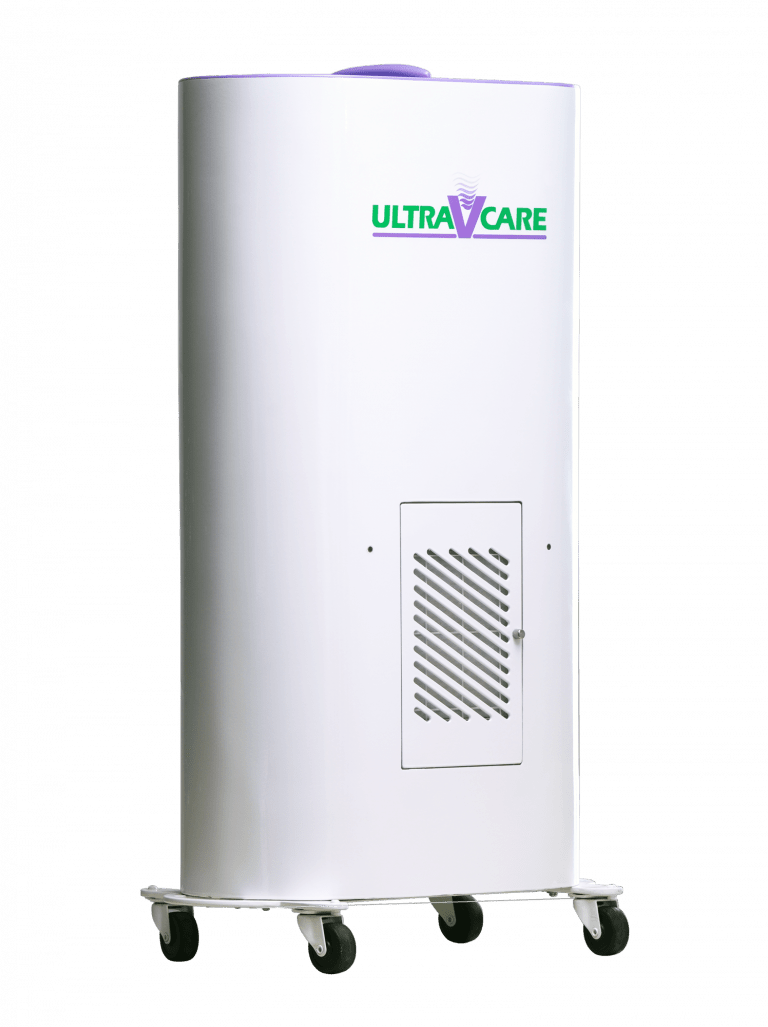
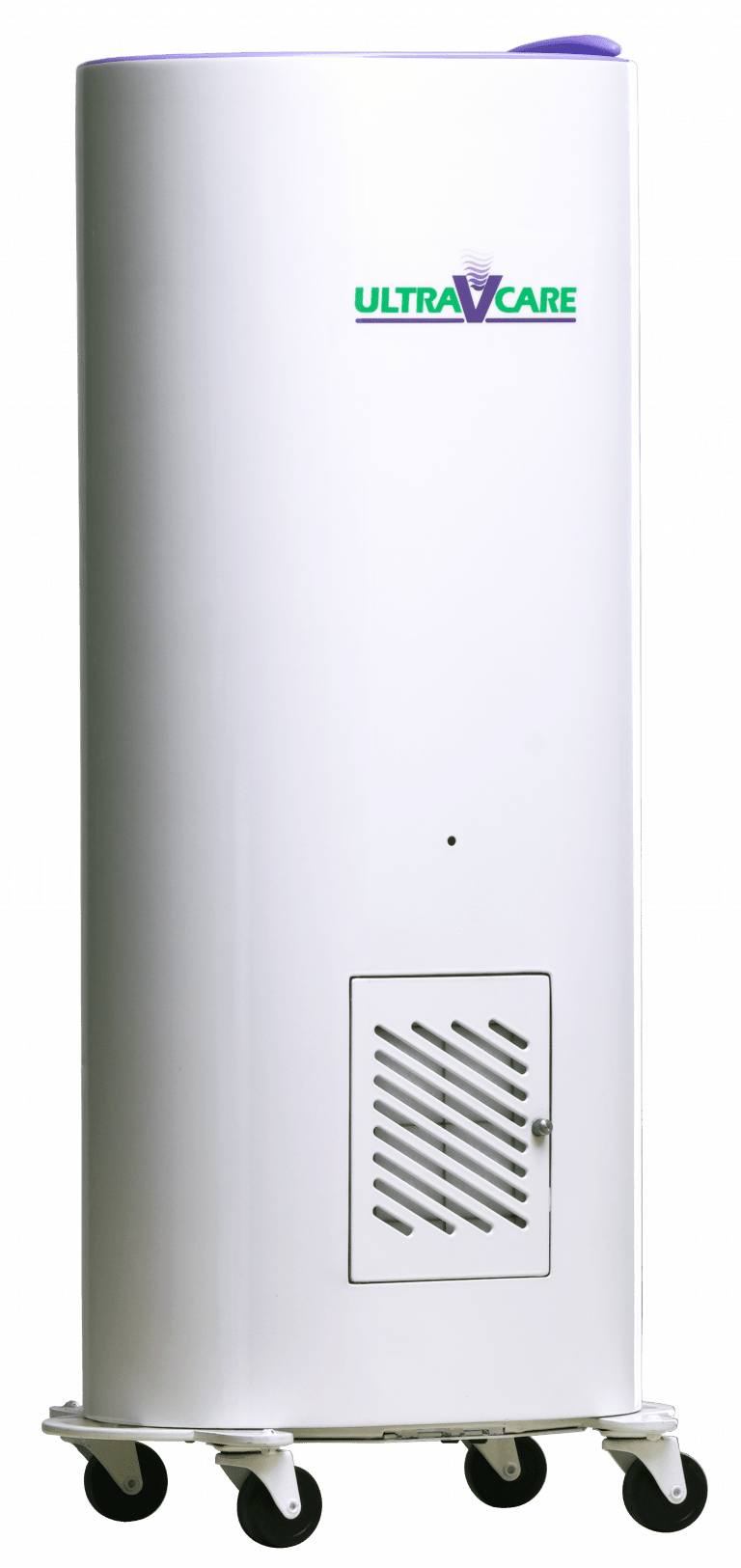
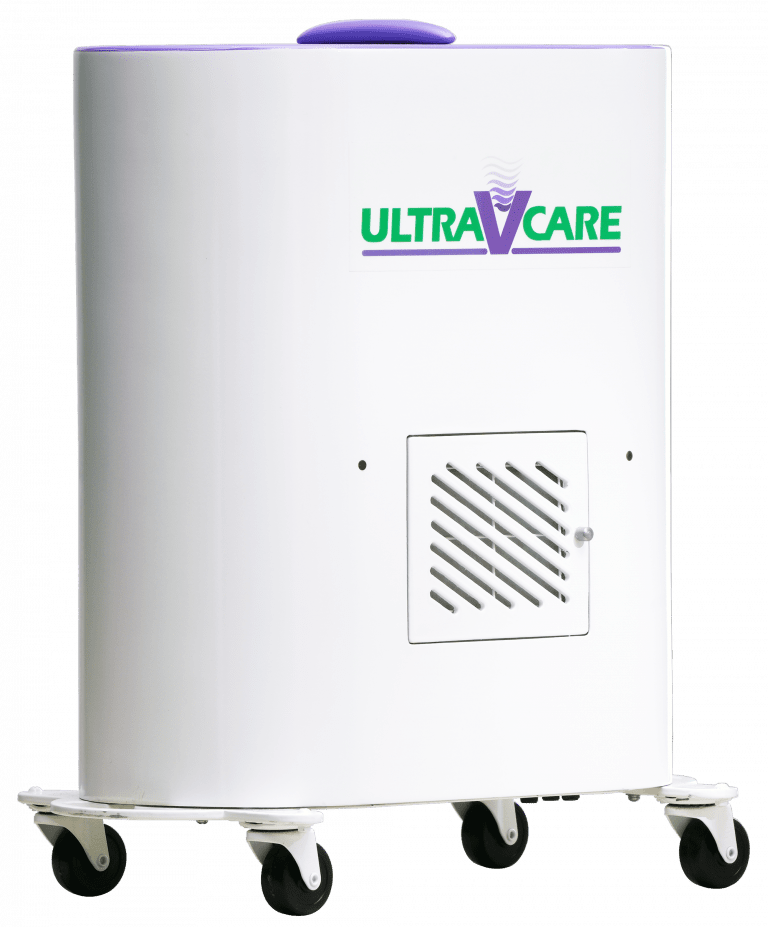

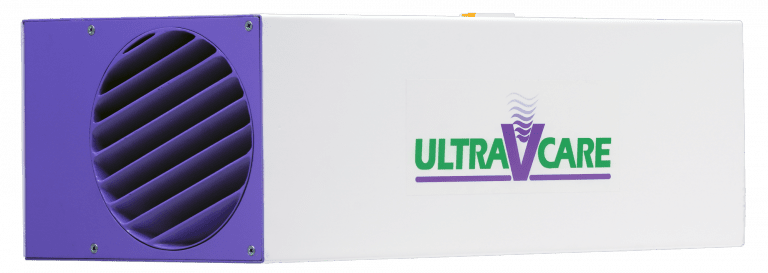
7-Eleven, Bayad Center, Cebuana, ECPay, MLhuillier, Robinsons, Palawan Pawnshop, SM, RD Pawnshop, RuralNet, Pay&Go, DA5, Possible, USSC, Tambunting
YES. Some UV air sterilizers REALLY work.
Numerous health studies have shown that UV-C light in a specific wavelength and duration very effectively inactivates viruses, bacteria, molds, mildew and fungi by breaking down their DNA or RNA leaving them unable to perform vital functions or reproduce. UV light is also helpful in prevention of secondary allergies related to airborne allergens.
However, not all UV air sterilizers are the same, nor are all effective. Many make false or exaggerated claims
The three key factors to the effectiveness of UV light at inactivating airborne pathogens in a room are:
Coronaviruses, including SARS-CoV-2 which causes COVID-19 are RNA viruses enveloped in a lipid bilayer. UV-C light in the 254nm wavelength inactivates lipid viruses by damaging their DNA and RNA genetic material.
UV light’s germicidal effectiveness is influenced by UV intensity and its distance to the virus.
UV light is a known carcinogen that can harm the eyes and skin from just moments of direct exposure, so UltraV Care protects consumers from exposure to the UV light by enclosing the bulbs within the unit.
UltraV Care is completely safe for major reduction in ambient level of airborne coronaviruses in occupied spaces.
This is a major contrast to UV-C robots or ceiling mounted unshielded UV-C lights that can only be used in vacant rooms.
Research shows that in addition to viruses and bacteria, allergenic pollens, molds, fungi and harmful pollutants contribute to poor indoor air quality that causes respiratory and heart disease, cancer, difficulty breathing, difficulty sleeping, headaches, dizziness and asthma.
UltraV Care air sterilizers are effective against harmful viral and bacterial pathogens (including multiple coronaviruses, H1N1, MRSA, pneumonia, strep, TB, measles, influenza, and the common cold), molds and fungi in addition to neutralizing odors, VOCs and other indoor pollutants, thereby promoting good sleep.
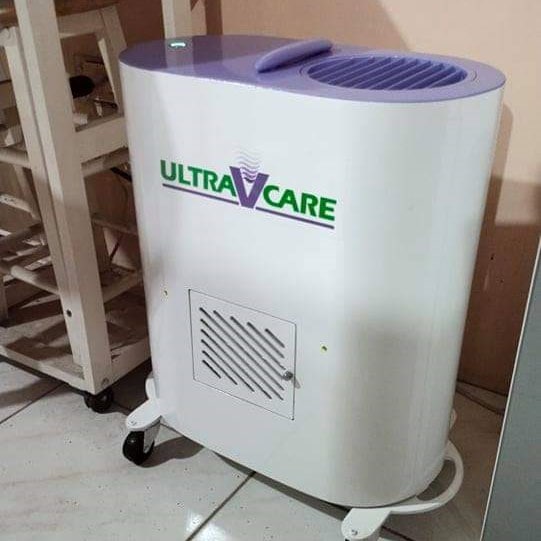
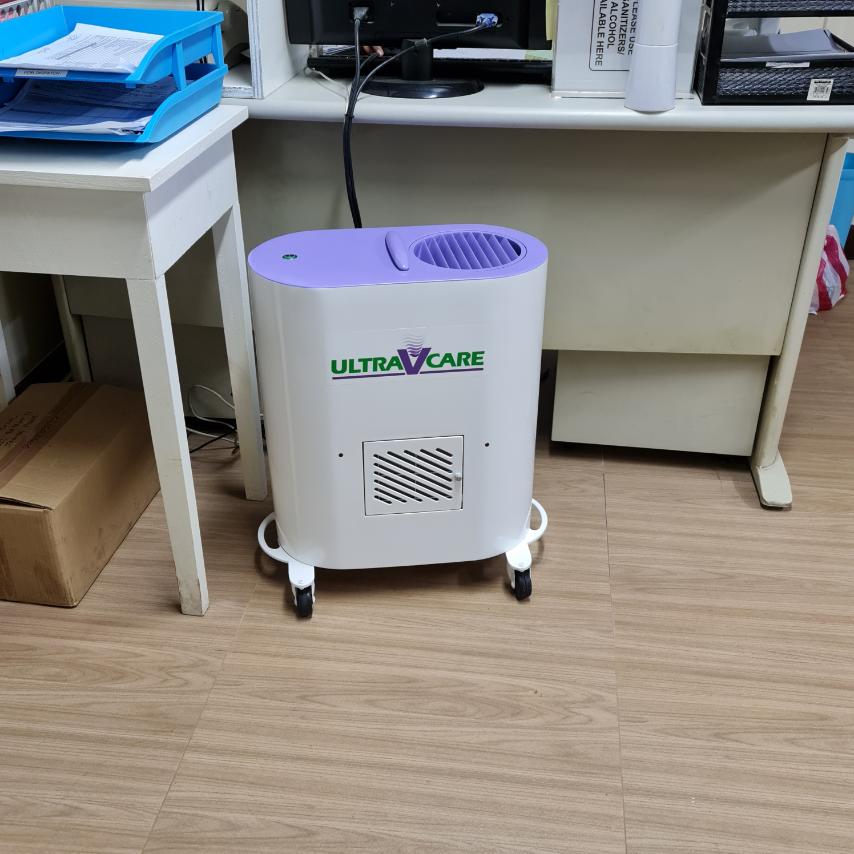
Fact: The effectiveness of UV light at inactivating viruses and bacteria has been well documented scientifically for decades. In fact, the CDC recommends UV light as a supplemental infectious control method for hospitals on pathogens including Tuberculosis.
Fact: MOST UV air sterilizers blow air so quickly past UV lights without sufficient exposure time and proximity to inactivate the harmful pathogens. Many also use UV lights that are too weak to be effective. However, UltraV uses the spiral air flow guides with reflective surfaces to bring pathogens in close proximity to the powerful 90watt UV-C lamps for longer duration, resulting in inactivation of more than 95% of pathogens and reduction in
VOCs.
Fact: There are UV air purifiers that produce ozone but UltraV Care is NOT one of them.
Some people confuse ionizer air purifiers with UV air sterilizers. UltraV Care is NOT an ionizer. An ionizing air purifier’s corona discharge produces ozone, a known irritant of the lungs and respiratory system.
Many American states including California, Minnesota, and Texas have published guidelines on air purifiers that produce ozone.
Fact: Many dangerous viruses are smaller than 0.1 micron and can pass through the typical HEPA filter. HEPA filters trap, but do not necessarily kill live pathogens. HEPA filters may accumulate viruses, bacteria and fungal spores over time, exposing the people to literally a petri dish of pathogens and allowing the opportunity for them to be reintroduced to the area during filter changes. HEPA systems also circulate over live viruses and if the filter is not sealed tightly, leaks may occur whereby live pathogens could be recirculated into the air.